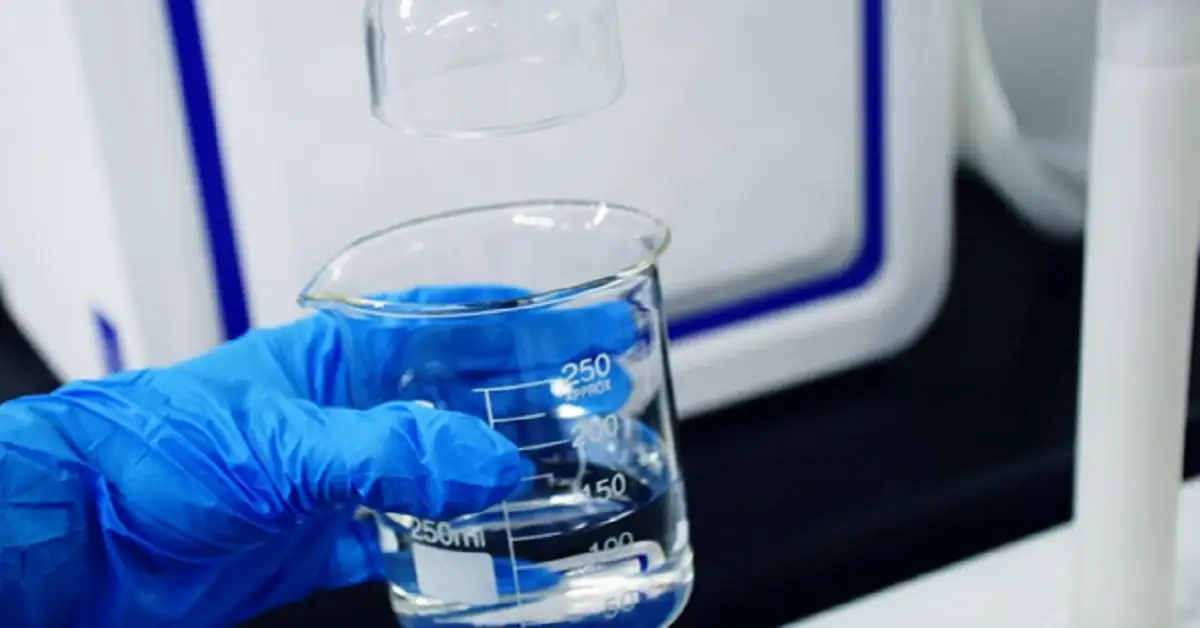How clean is the water used for cleaning and sterilizing medical devices? It might seem like a small detail, but water quality plays a big role in keeping patients safe.
Medical tools that aren’t properly cleaned can spread harmful germs. This is why hospitals and clinics follow strict water treatment standards.
These rules make sure that water used in healthcare is safe and pure. Water that doesn’t meet these standards can damage equipment and lead to serious health problems.
This blog explores what those standards are and how they help keep healthcare safe and effective. Read on!
Why Water Quality Matters in Healthcare
Every day, water is used to clean and disinfect tools in hospitals. If there are chemicals or bacteria in the water, it could put patients at risk.
Bad water can damage medical devices that cost a lot of money. Clean water helps keep things running smoothly and stops infections. Health care workers and patients are both kept safe by following water standards.
Types of Water Used in Medical Settings
There is more than one type of water used in hospitals. Most people use tap water, but it’s not clean enough to sterilize.
To rinse and clean things, you often need purified or deionized water. Reverse osmosis (RO) water gets rid of a lot of impurities and is used in a lot of medical procedures. There are different kinds of water that can be used for different tasks.
Common Water Treatment Methods
In hospitals, water is treated in a number of different ways. Particles, chemicals, and bacteria are taken out by reverse osmosis. Minerals that could damage electronics are taken out by deionization.
Bacteria can be killed by UV light alone, without chemicals. A system that filters water gets rid of particles and keeps it clear. These steps help businesses follow strict rules about water.
Standards That Guide Water Use for Medical Devices
Different groups set rules for water quality in healthcare. The U.S. Pharmacopeia (USP) outlines water purity for medical use. The CDC and EPA also provide safety guidelines.
One important set of rules comes from ANSI and AAMI. Medical centers must understand how ANSI/AAMI ST 108 impacts sterile processing to avoid risks. Following these standards protects both people and tools.
How Facilities Stay Compliant
Healthcare centers test their water often to make sure it stays clean. They use special equipment to measure things like bacteria and minerals. Staff members are trained to understand the water treatment process.
Facilities also keep records to show they’re meeting standards. If problems are found, action is taken right away to fix them.
What Happens If Standards Aren’t Met
What happens when you don’t follow water treatment standards? Doctors’ instruments might not be cleaned properly, which could lead to the spread of infections. Bacteria left on devices could make patients sick.
Poorly maintained tools might not work at all or need to be replaced. Those who are hurt could file insurance claims and lawsuits shortly after. Avoiding these issues and boosting trust is possible by following water standards.
Keeping Healthcare Safe Through Water Standards
Clean water is more than just a convenience in healthcare-it’s a necessity. By following trusted standards, medical facilities ensure tools are safe and ready for use.
These rules help prevent infections, protect equipment, and maintain high-quality care. Water treatment is a quiet but powerful part of keeping patients healthy.
When done right, it supports every part of a medical facility’s mission. With better water practices, everyone benefits-from the staff to the patients.
Did you like this guide? Great! Please browse our website for more!
